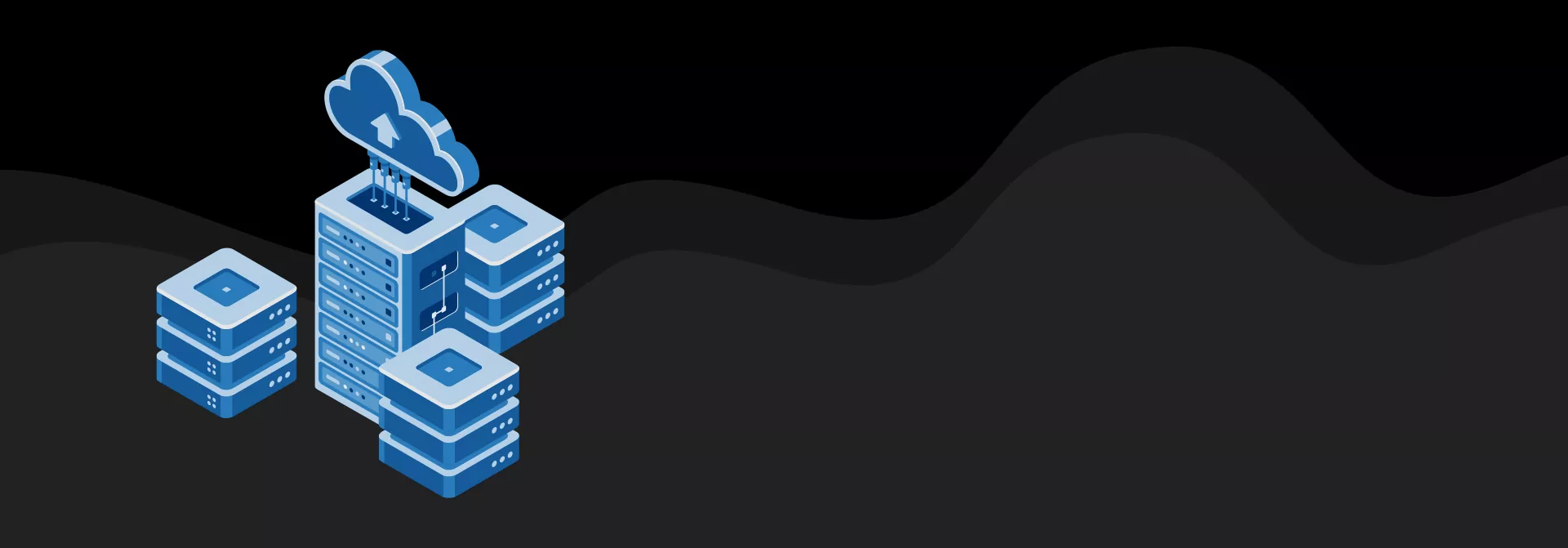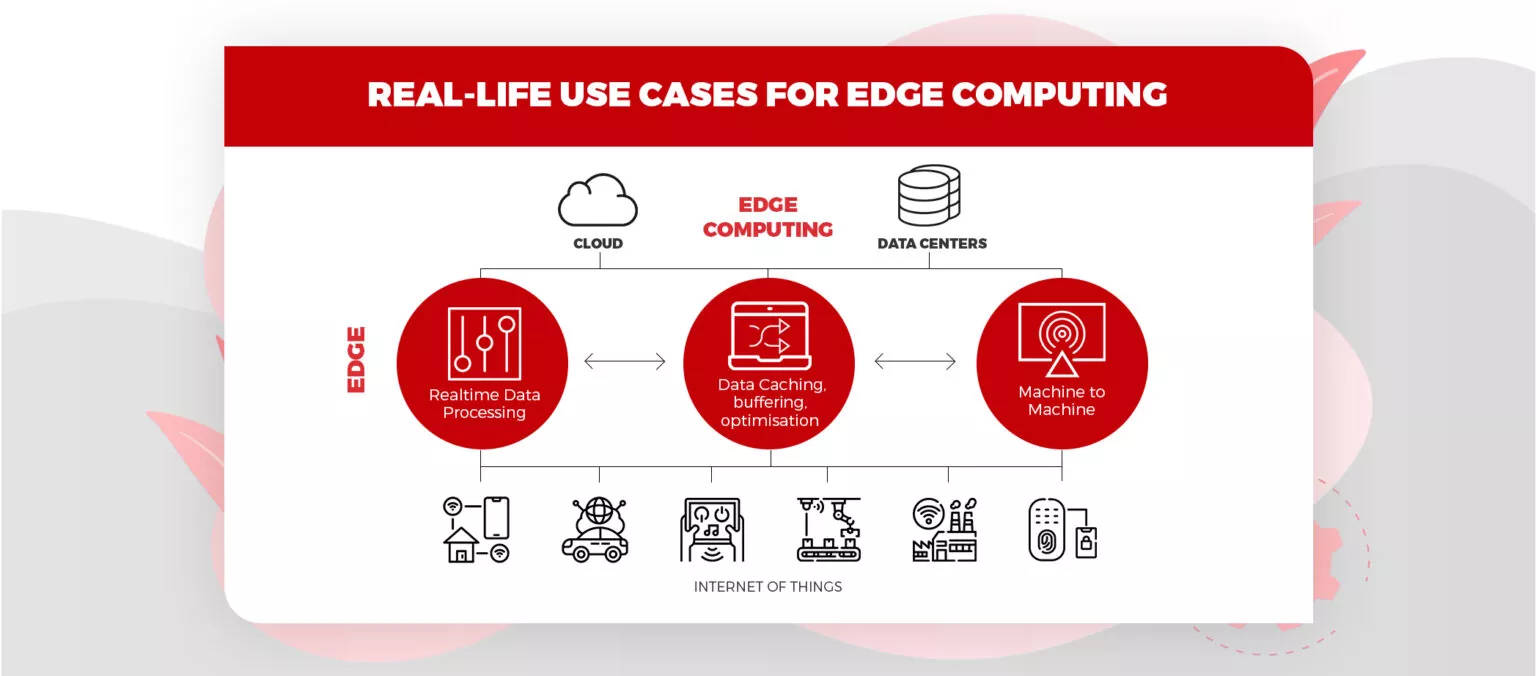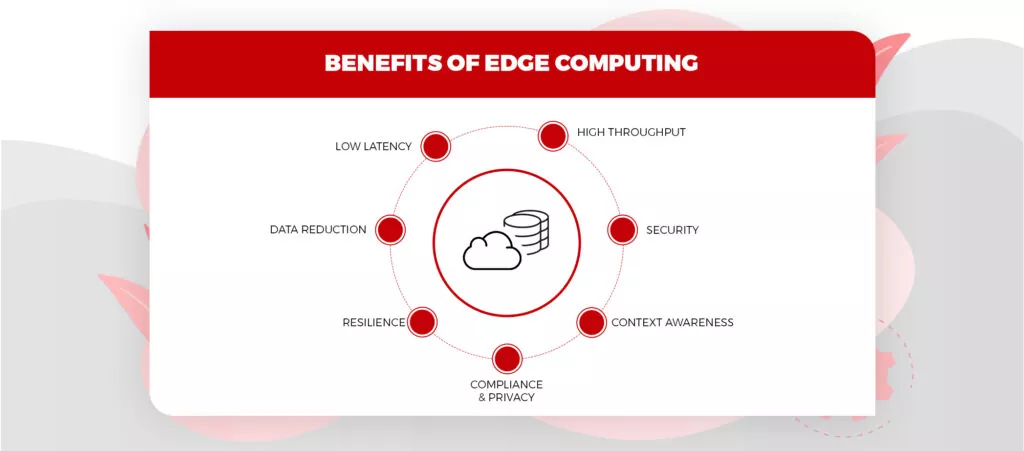
Table of Contents
ToggleEverything is moving towards digitization. The innovations in AI and IoT devices are proof that edge computing is likely to gain maturity as well. As per a recent survey, edge computing will capture around $3.24 billion of the global market by 2025. Do you think Edge computing technology may prove helpful to industries? How secure edge data is? Let’s jump right in and discuss edge computing inside out right here. Stay tuned!
What is Edge Computing?
Edge computing is a part of distributed computing topology that brings data storage and computation closer to the source of data. In simple words, instead of transmitting data to central data centers for processing and analysis, some portion of the storage and compute resources are deployed closer to the source of raw data.
More data >> More IoT devices >> More data centers
As data is growing exponentially, we need more IoT devices to collect those data and therefore more and more data centers are being set up to process and analyze the raw data and transforming it into useful information. Let discover the reason behind edge computing being popular.
Also Read – Top 10 Cloud Computing Technologies to Look Out for in 2021

Source Image: IEEE
Edge computing has helped in addressing the following network limitations: latency, bandwidth, and congestion. Let’s get to them one by one and also find out data security in edge computing.
- Bandwidth/Transmission capacity – There is a limited bandwidth or a finite limit of data that a network can carry at a time. This implies that there is a limited cutoff to the amount of data – or the number of devices – that can impart information across the network. In spite of the fact that it’s feasible to increase network bandwidth in order to accommodate more devices and data, however, the expense can be huge and it doesn’t solve other issues.
- Latency – It is the time required to transmit data from one point to another within a network. Indeed, the transmission takes place at the speed of light, however, network congestion coupled with distance may hamper the data transmission rate. This may impact the decision-making processes in real-time.
- Congestion – The volume of data engaged with a huge number of devices can overpower the internet, causing significant degrees of congestion. By deploying servers and resources where data is generated, it becomes easier to operate devices making congestion virtually nonexistent.
Is it The Right Time to Review Your Cloud Spend ?
Benefits of Edge Computing technology
Speed and Latency
In edge computing, data has to comparatively travel less which reduces the latency and increases the network performance. In today’s world, we can’t afford data latency. Let suppose there is an autonomous vehicle, a millisecond latency can cause a huge loss on roads. Keeping data to the edge where it is created kills latency, which converts into quicker response time. This makes your data more significant, valuable, and noteworthy.
Data Security in Edge Computing
Traditionally, every data travel through a single pipe, and therefore critical operations that rely on actionable data are highly vulnerable. Because a single DDoS attack can disturb the entire operations in an organization. However, distributing data analysis tools across the enterprise distributes your security risk as well. Now, you point out that edge computing expands the attack surface but it lessens the effect on the organization overall. Moreover, when you transfer less data, there is less data that can be captured. Mobile computing has made organizations significantly more vulnerable on the grounds that devices are now transported outside the secured firewall border. At the point when edge data is analyzed locally, it stays secured on-premise undertaking. Edge computing helps organizations overcome the issues of privacy regulations and local compliance.

Source Image: Moniem Tech
Cost Saving and Redundancy
Not all edge data is critical to the business. Is it right to spend the same amount on all the data? Edge computing permits you to categorize data according to an administration point of view. By holding as much data inside your edge location, you lessen the requirement for expensive data transmission. Edge computing doesn’t eliminate the requirement for the cloud, it optimizes the data operating costs. It additionally assists with minimizing some degree of data redundancy. At the point when you minimize the stockpiling, you decrease data redundant expense as well.
Reliability
Edge devices can locally store and process data, as a result, it improves reliability. These days, pre-assembled micro data centers are built ensuring that temporary disturbances in connectivity won’t affect keen gadget activities since they lost connection with the cloud. Also, every site has some underlying limit to the measure of data that can be communicated at one time. Despite the fact that your bandwidth demand may not be tried at this point, the exponential growth in data creation will stretch transmission capacity infrastructure to the limit in the future for most organizations.
Potential Pitfalls of Edge Computing technology
- It requires more storage capacity.
- It requires advanced infrastructure.
- No cloud-aware.
- Can’t perform resource pooling.
- Operation can’t be extended to the IT/OT team.
- There is a limitation to a smaller number of peripheral layers.
- Security challenges are present in edge computing.
- The cost of edge computing technology is comparatively very high.
Edge Computing Technology Vs Cloud Computing – What to Pick?
Note that the development of edge computing isn’t encouraged to be a total replacement for cloud computing. Their disparities can be compared to those between an SUV and a racing car, for instance. The two vehicles have their own purposes and importance. To more readily comprehend the distinctions, we made a table of correlations.
| Ideal | Ideal for operations with extreme latency concerns | Suitable organizations which deal with massive data storage |
| Security | Requires a robust security plan | Requires less of a robust security plan |
| Programming | Several platforms can be used for programming with different runtimes | Made for one target platform and uses one programing language |
Future of Edge Computing Technology
Moving data to the edge of the network can assist organizations with exploiting the IoT edge gadgets, further better network speeds, and improve client experience. The versatile idea of edge computing additionally makes it an optimal answer for quickly developing, agile organizations, particularly in case they’re as of now utilizing colocation server farms and cloud framework. Through edge computing, organizations can enhance their network to offer adaptable and reliable assistance that supports their brand and keeps clients cheerful.
Edge computing keeps on evolving, utilizing new advancements and practices to improve its capacities and execution. Maybe the most imperative pattern is edge availability, and edge services are expected to reach worldwide by 2028.


